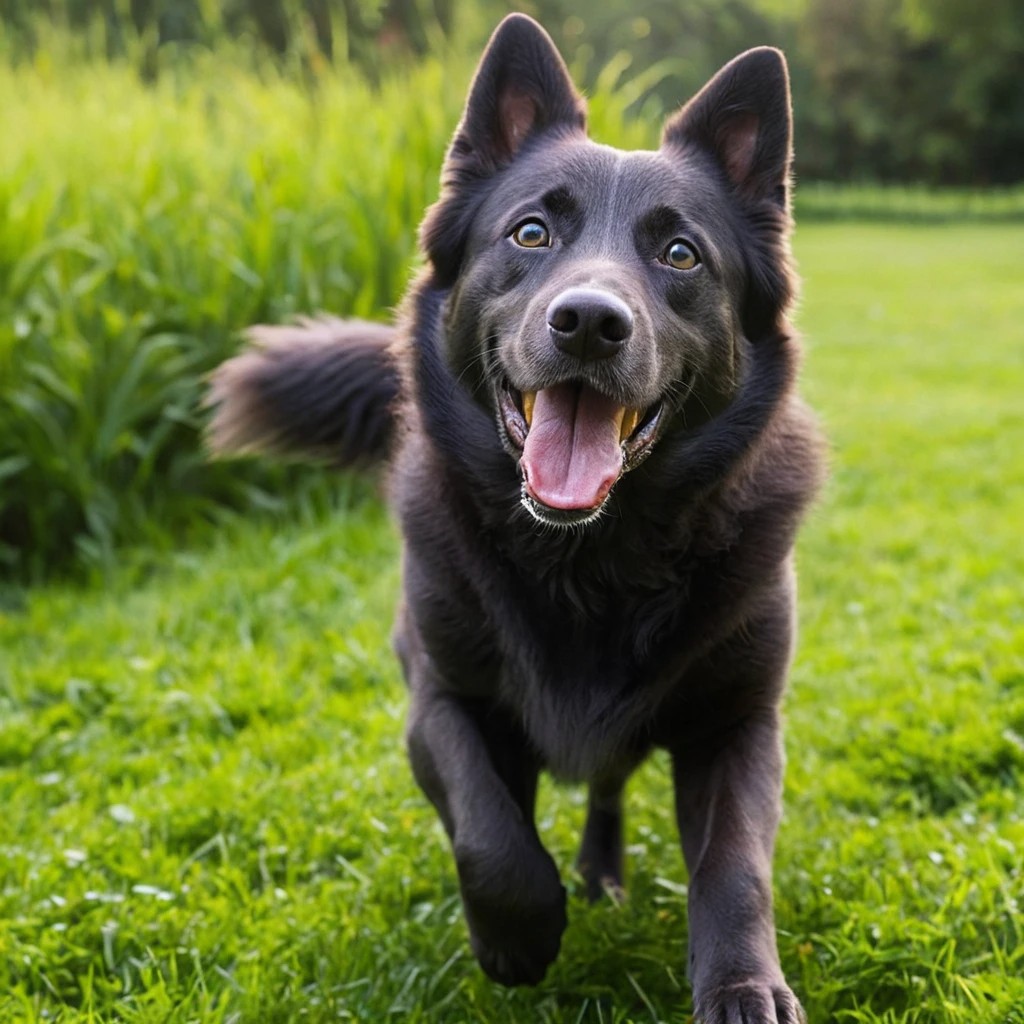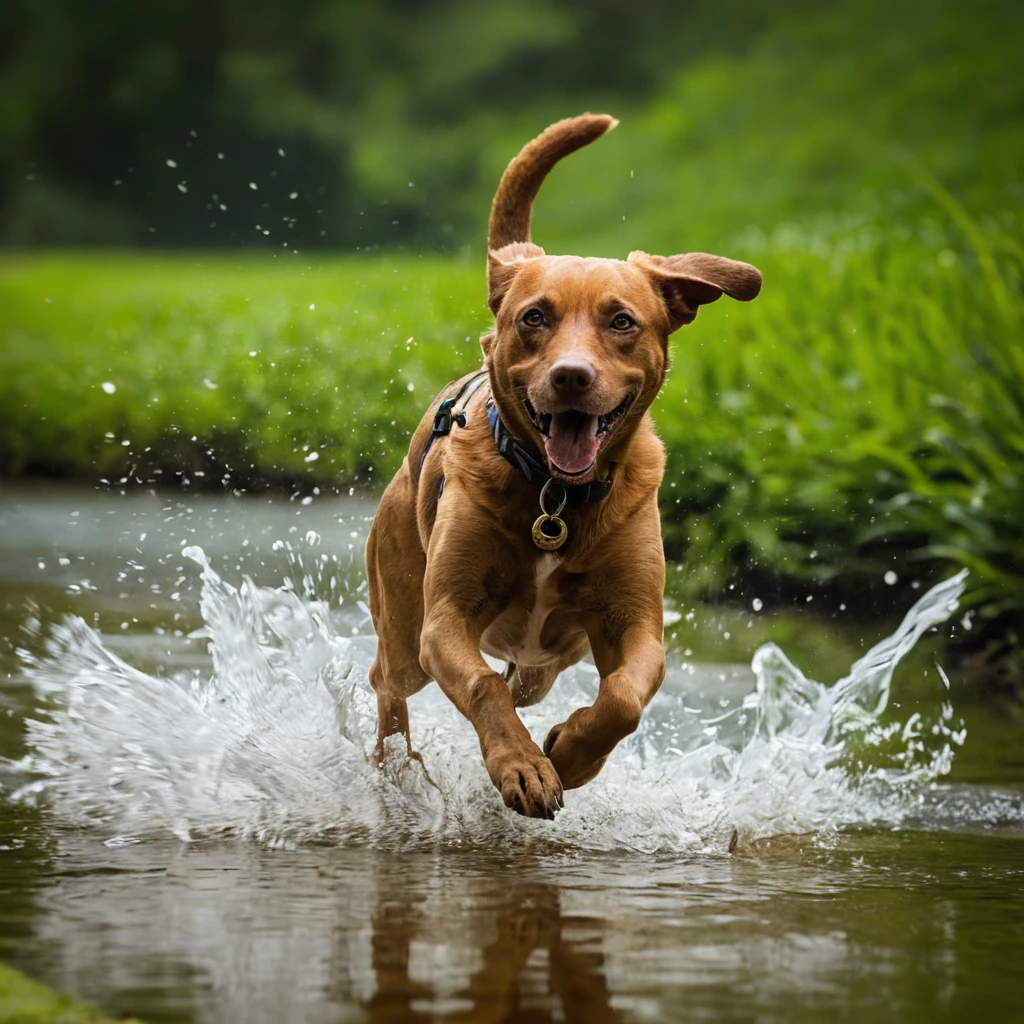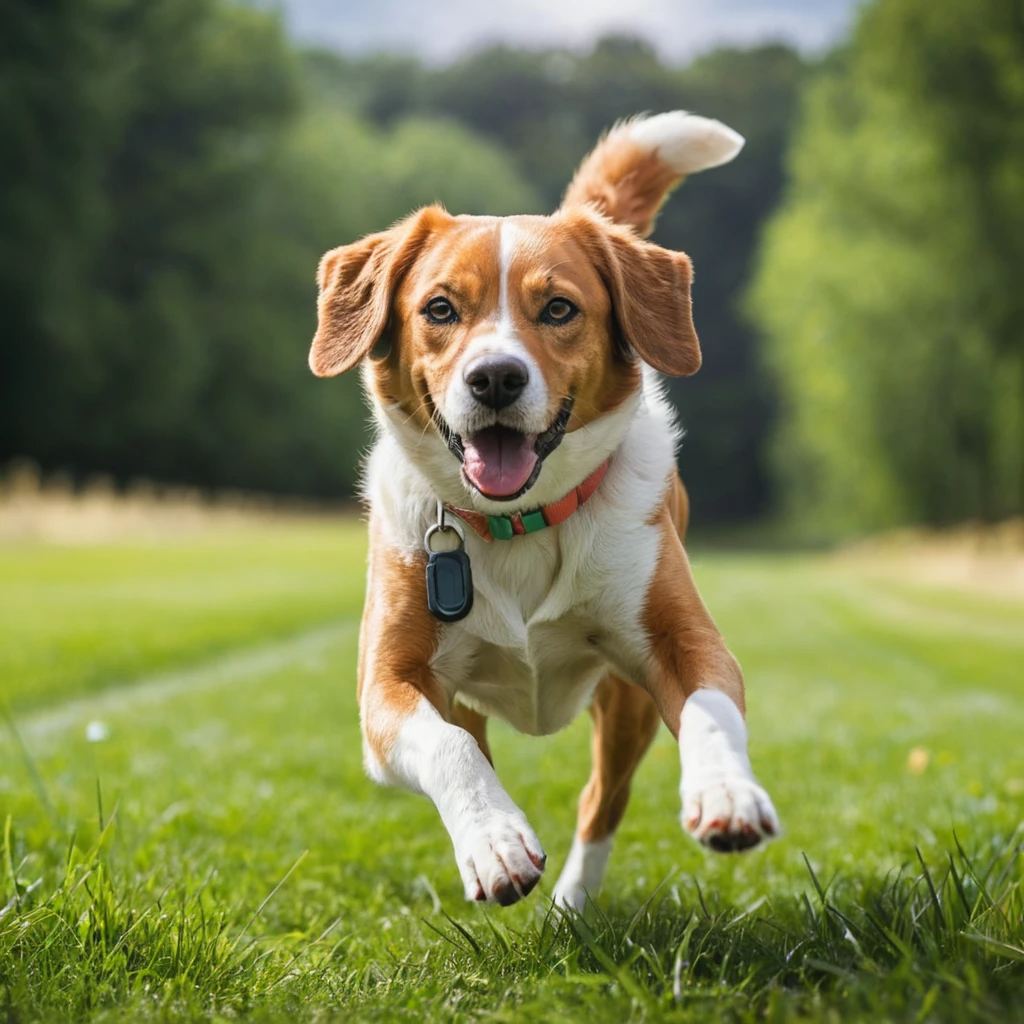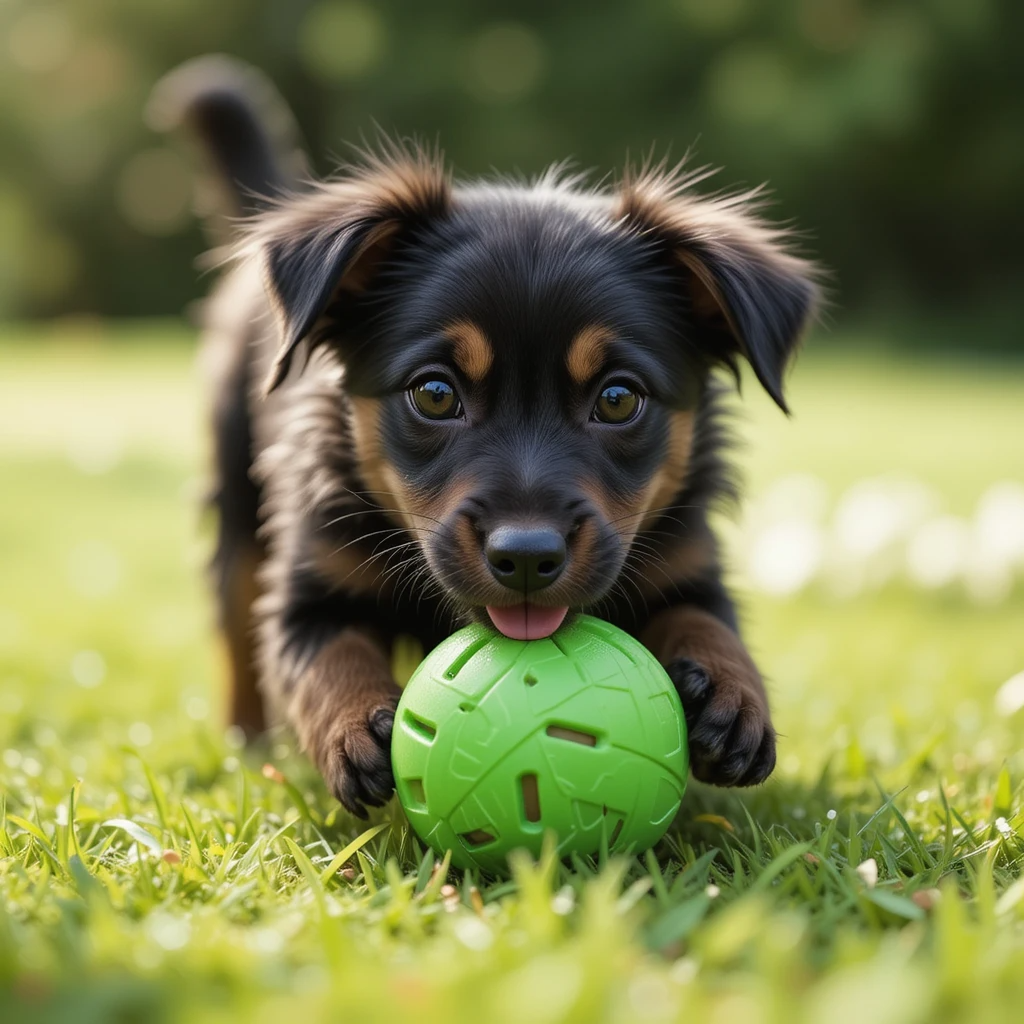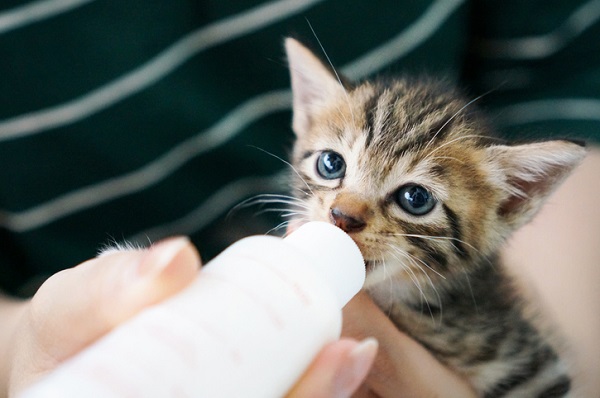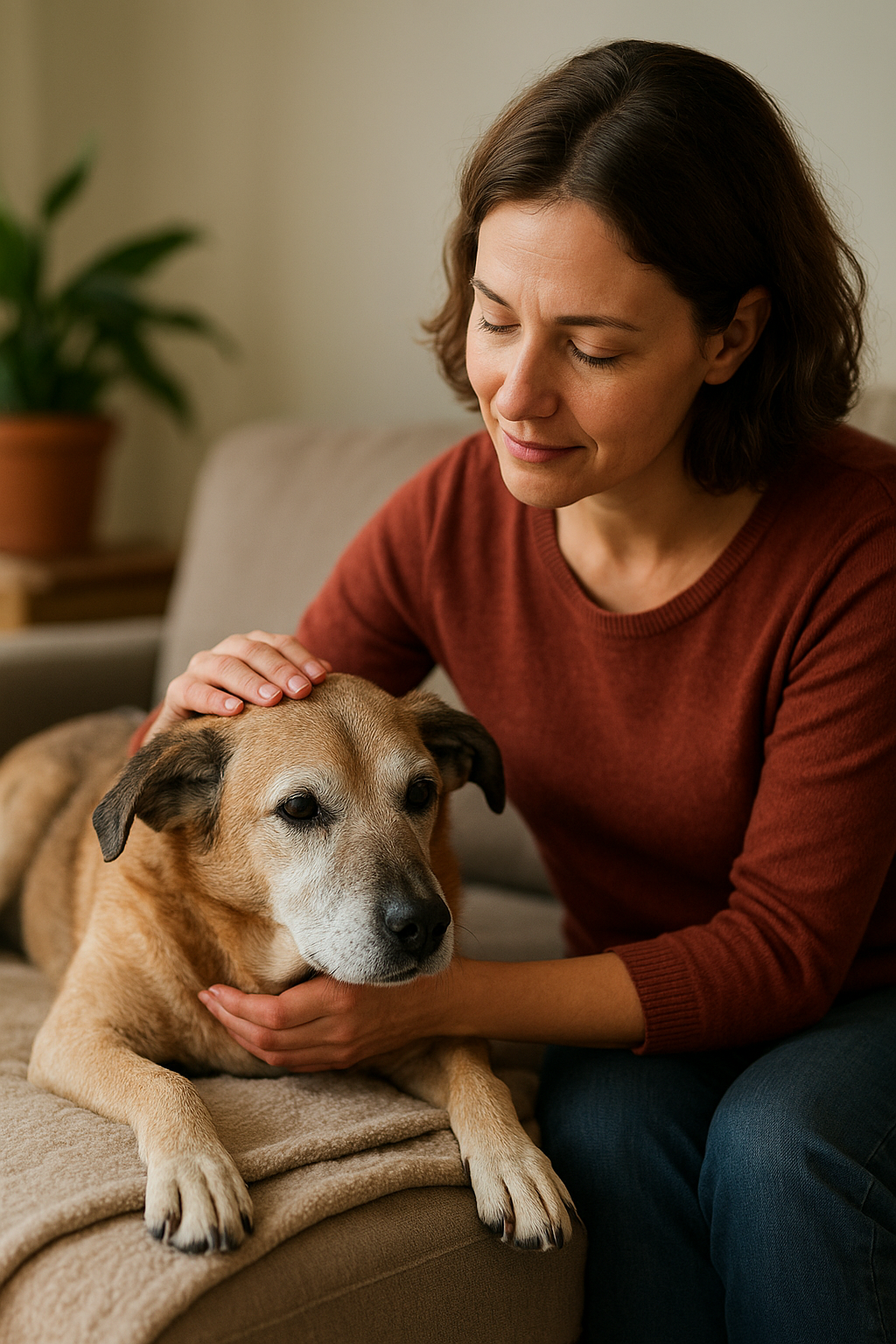Obesity in dogs is a growing concern worldwide, and just like with humans, it can lead to serious health issues for our furry friends. While any dog can gain too much weight if overfed and under-exercised, some breeds are genetically more prone to obesity due to their metabolism, body type, or eating behavior.
In this article, we’ll explore the top 10 dog breeds most likely to become overweight, how to recognize early signs of weight gain, and what you can do to keep your pup healthy and fit. 🐕🦺🍖
🥇 1. Labrador Retriever
Labradors are one of the most lovable and popular breeds around the world—but they also top the list of obese dogs. These dogs are highly food-motivated and will eat almost anything, making portion control essential.
Why they gain weight easily:
- Extremely food-driven
- Slow metabolism
- High risk of hypothyroidism
How to help:
Measure meals accurately and avoid free-feeding. Give low-calorie treats and make exercise a daily priority.
🥈 2. Pug
Those big eyes and squished noses are hard to resist—but Pugs are notorious for packing on the pounds. Their compact size makes even a small amount of extra weight a big deal.
Why they gain weight easily:
- Brachycephalic (flat face) means low stamina
- Sedentary tendencies
- Prone to joint and breathing issues
How to help:
Offer short, frequent walks and avoid table scraps. Switch to weight-control dog food if necessary. 🥬🐾
🥉 3. Beagle
Energetic but endlessly hungry, Beagles love to sniff out food—literally. If not kept in check, their strong appetite can lead to serious weight gain.
Why they gain weight easily:
- Always scavenging for food
- Tend to be less active indoors
- Difficult to satisfy hunger
How to help:
Use food-dispensing toys for mental and physical stimulation, and keep food sealed and out of reach.
🐾 4. Bulldog (English & French)
Bulldogs are affectionate couch potatoes. While their laid-back nature is charming, it also contributes to their obesity risk.
Why they gain weight easily:
- Low energy breed
- Brachycephalic breathing limits exercise
- Slow walkers and sleepers 💤
How to help:
Daily gentle walks, avoid overfeeding, and prioritize low-fat treats.
🐾 5. Dachshund
The cute “sausage dog” look gets even more exaggerated when they gain weight, which can be dangerous for their long backs.
Why they gain weight easily:
- Low activity needs
- Love to snack
- Prone to spinal issues
How to help:
Engage in safe indoor play and keep calorie intake minimal. Avoid jumping or stairs to prevent back strain.
🐾 6. Golden Retriever
Golden Retrievers love to eat and often continue eating even after they’re full, making portion control crucial.
Why they gain weight easily:
- Friendly and food-motivated
- Often eat out of boredom
- Prone to hypothyroidism and arthritis
How to help:
Create an active daily routine with walks and swimming sessions, which is easy on joints. 🏊♂️🐕
🐾 7. Cocker Spaniel
Cocker Spaniels are affectionate and great family pets, but they tend to gain weight quickly without proper exercise.
Why they gain weight easily:
- Sedentary when indoors
- Prone to hypothyroidism
- Sensitive digestion
How to help:
Feed high-fiber, low-fat meals and engage in daily activities like fetch or agility training.
🐾 8. Basset Hound
Short legs and a long body make Basset Hounds especially vulnerable to obesity-related joint stress.
Why they gain weight easily:
- Low physical energy
- Big appetite
- Need stimulation to move
How to help:
Encourage short, consistent walks and provide toys that require movement.
🐾 9. Rottweiler
Despite their muscular build, Rottweilers can become overweight if overfed, leading to serious health problems.
Why they gain weight easily:
- Strong but not always active
- Tendency to eat quickly
- Prone to hip dysplasia
How to help:
Measure meals, introduce weight vests or resistance training under supervision, and keep portions under control.
🐾 10. Saint Bernard
Saint Bernards are giant, lovable dogs that can easily gain too much weight if not carefully managed.
Why they gain weight easily:
- Massive size requires precise calorie control
- Prone to joint and heart problems
- Sedentary lifestyle preferred
How to help:
Balance food intake with slow, low-impact walks. Don’t overdo treats, and consider a specialized large-breed diet.
🧠 How to Know If Your Dog Is Overweight
Not sure if your dog is overweight? Here are a few quick checks:
- You can’t feel their ribs easily
- No waistline visible from above
- Lethargy or resistance to exercise
- Heavy breathing even at rest 😓
If you suspect your dog is overweight, consult a vet and start with small lifestyle changes.
🛠️ Simple Daily Habits to Prevent Canine Obesity
Keeping your dog at a healthy weight isn’t difficult, but it does require consistency. Here are easy steps you can take:
- 🍽️ Weigh their food every meal
- 🐕 Schedule walks (at least 30 mins daily)
- 🧩 Use puzzle feeders to slow down eating
- ✋ Limit treats to 10% of daily calories
- 💧 Ensure water access to reduce snack cravings
💬 Final Thoughts: Health Over Cuteness
Yes, chubby dogs can look cute—but the long-term consequences of obesity are no joke. Heart disease, diabetes, joint pain, and shorter lifespans are all risks your dog faces if their weight isn’t managed. As pet parents, it’s our responsibility to prioritize their health.
Help your dog live a longer, more active life by keeping their weight under control. 💖🐾


